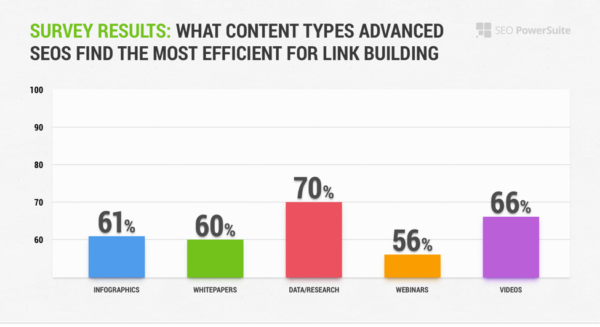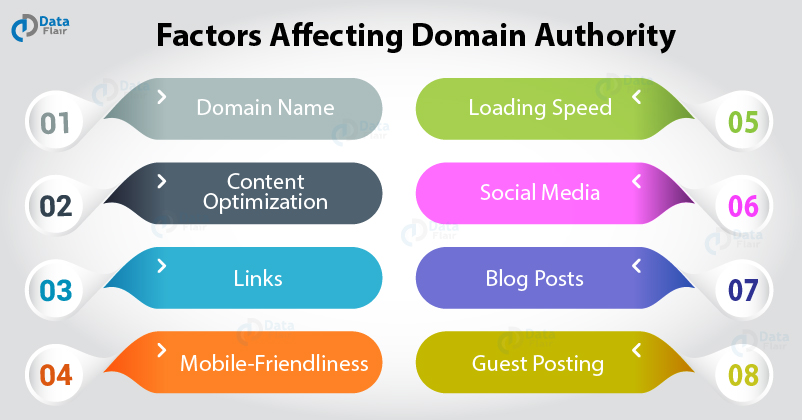Content marketing and SEO are often separated as unique and distinct digital marketing strategies. But in truth, the two are inextricably linked. You must consider SEO when you’re devising your content strategy, and creating and structuring content is a critical part of any SEO strategy.
Before we get into this further, let’s make sure we’re clear on what exactly we’re discussing.
SEO, shorthand for search engine optimization, is a strategy consisting of a series of best practices for ensuring that search engines can “see” your website and that they send as much traffic to it as possible.
Content marketing is the practice of using content – either written content such as blog posts or visual content like infographics and videos – to attract people to your site and drive conversions.
So, let’s take a deeper look into why content marketing is such an important part of your SEO strategy.
Keyword Research and Targeting
There are many different aspects of SEO, but one of the most important to get right is keyword research.
The first stage of keyword research is discovering the words and phrases that users are typing into search engines when they want to find the product or service you provide.

After this initial research, the next step is to incorporate these keywords into your site in a natural way. For most websites, the easiest way to make sure search engines find lots of relevant keywords is to publish content regularly using these keywords in the form of a blog.
The placement of these keywords is also important, as is ensuring that the first paragraph of a product description, for example, is enticing enough to encourage clicks from users browsing through the search engine results.
The keywords can provide a sort of skeleton on which to hang the meat of each piece of content. In many cases, keyword research will assist in content creation, as major keywords can form sections of an article and may also act as headings.
Building Authority
When Google, as well as other search engines, decide how to rank webpages, they consider hundreds of factors in the search algorithm. Only Google engineers understand exactly what these factors are and how much they contribute to the overall ranking.
While we don’t know exactly, we can make a pretty educated guess based on information published by Google and third-party research studies.
Keywords help search engines to understand how relevant a particular web page is for a searcher. For example, if a user searches for “cat food,” a page that contains the keyword “best cat food” and several other variations and related keywords such as “best food for cats,” “what to feed cats,” and “best kitten food,” Google can be pretty sure that the page is relevant.
Another part of the SEO equation is authority. There may be millions of relevant pages on the web about cat food. Google now has to decide how to order these pages. It does this by using a number of factors to decide which page is likely to offer up the best information.
One of the ways it decides on this is by comparing the authority of different pages. For example, the New York Times will have higher authority for a news topic than a post by a random blogger.
There are many ways to build authority, but one of the easiest is by regularly publishing high-quality content. As more people read and interact with your content and grow to trust what you have to say, this is a signal to search engines that you are an excellent source of accurate information.
Content Quality
Apart from including the right keywords in the right places and building brand and URL authorities, content quality is more important than ever when it comes to SEO.
If people are clicking onto your site and staying some time to read the content, this is a good sign that the content is useful to the searcher. If, however, your content is low-quality and searchers are bouncing off it straight away, this is a sign to Google that maybe your web page should be moved further down the search results as it’s not giving the searcher what they’re looking for.
Aiming to provide high-quality and well-organized content also provides a better experience for the user, which will earn you more conversions, shares, and follows on social media.
Linking Strategy
Technical site structure and inclusion of the appropriate keywords – or on-site SEO – is only half of SEO. Off-site SEO is equally important to consider in your SEO strategy.
Off-site SEO concerns all the ranking signals that happen external to your site, and this mostly means links.
In some cases, even content of poor quality or relevancy can achieve a high ranking in the search engine results if there are a large number of links to it or even just a few links from high-authority sites.
A link to your site is a sort of vote of confidence from another site that they believe your content to be useful to their readers. So, if you have a lot of links from many different sites, this is a good sign to Google that your content deserves a high ranking.
Likewise, if you get a link from a high-authority site such as a government or university site, this is an even stronger signal that your content is of high quality.
While dodgy link farms and black hat SEO may have helped you to generate links several years ago, these days pretty much the only way to attract high-quality links is to create high-quality content.

Tying It All Together
In order to make sure you are making the most of your content for SEO, you need to consider all these different aspects and more. This can be a lot to keep track of, so large enterprises with a lot of content to manage often opt to use a content marketing platform like DivvyHQ to audit existing content and to plan new content.
Get in touch to arrange a demo or free trial, or read more about how DivvyHQ can help with your content planning and workflow.
